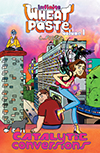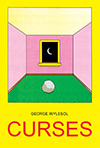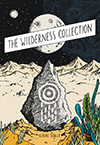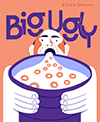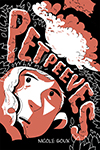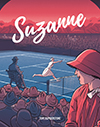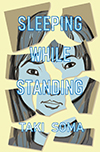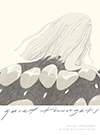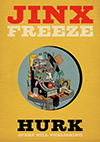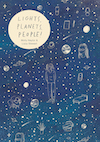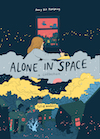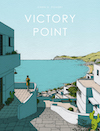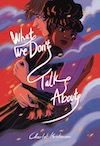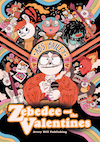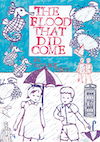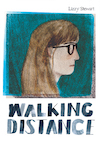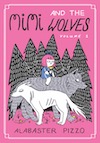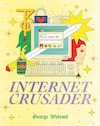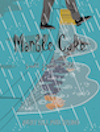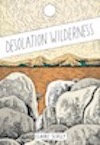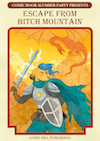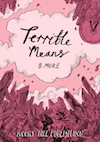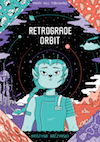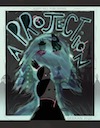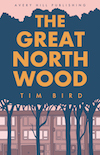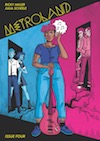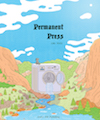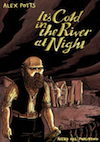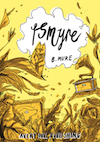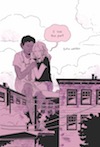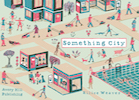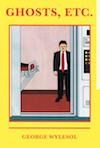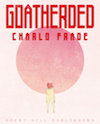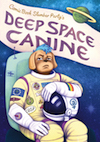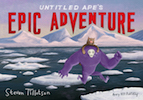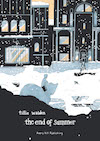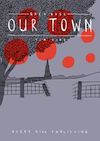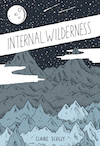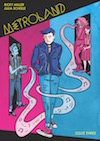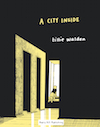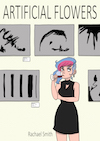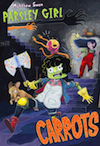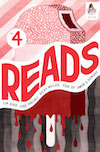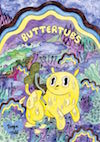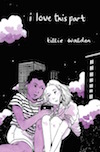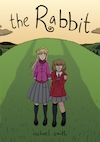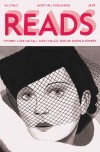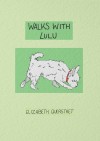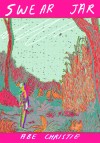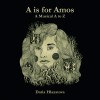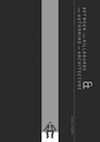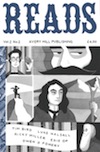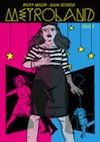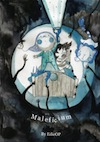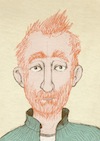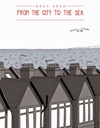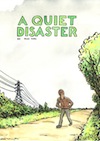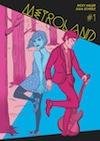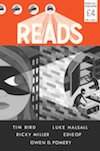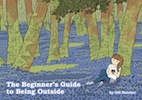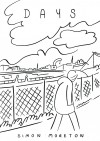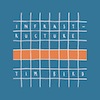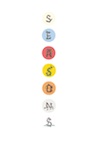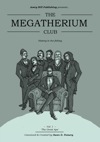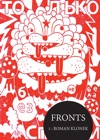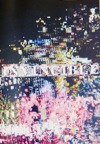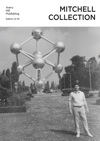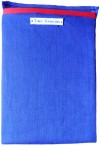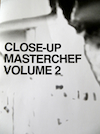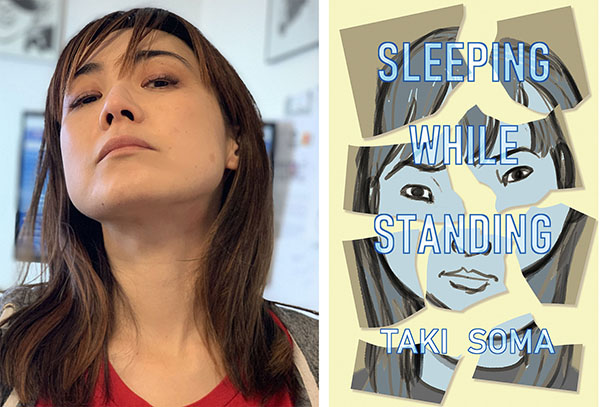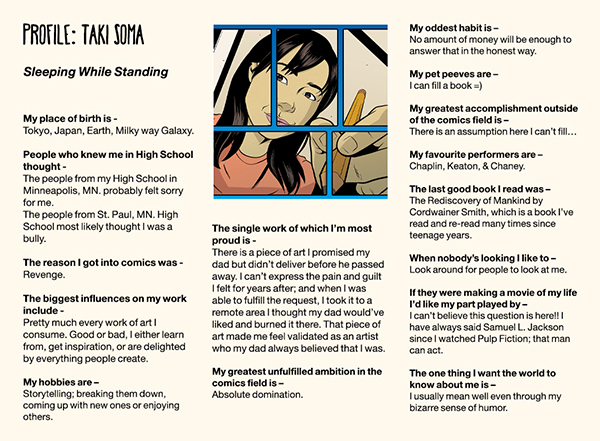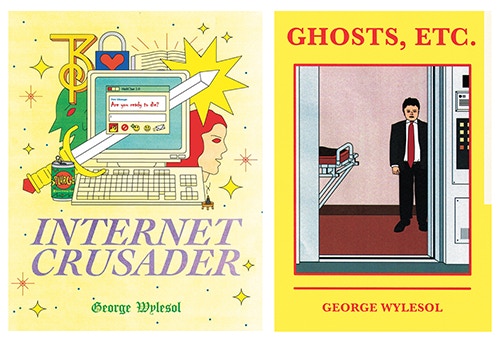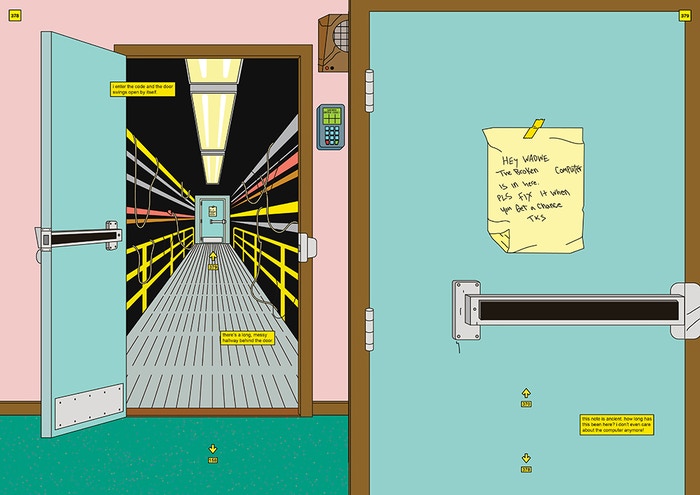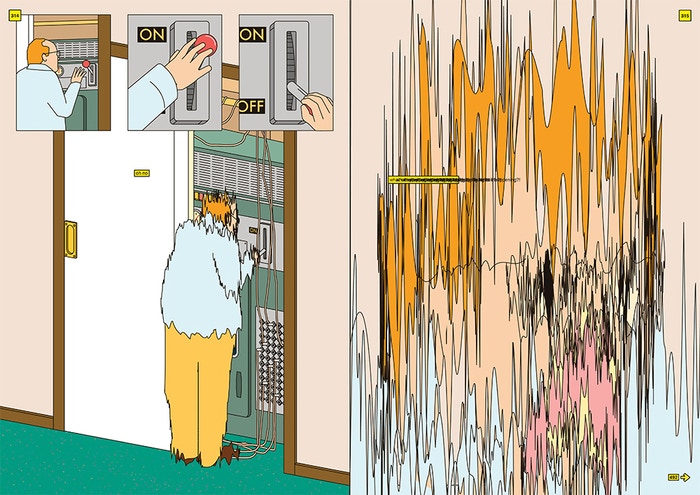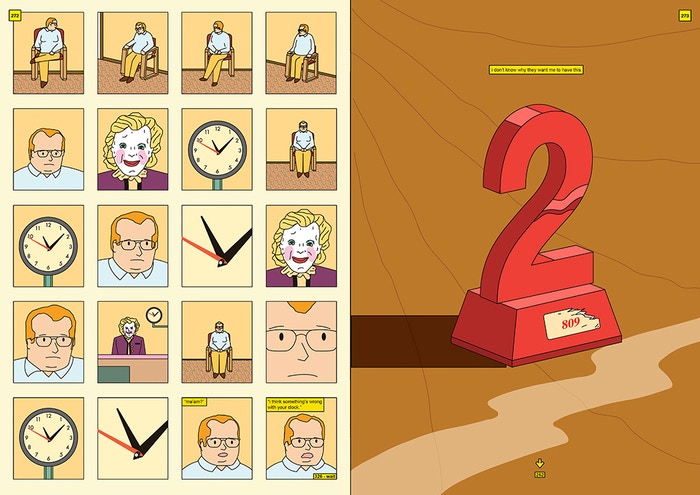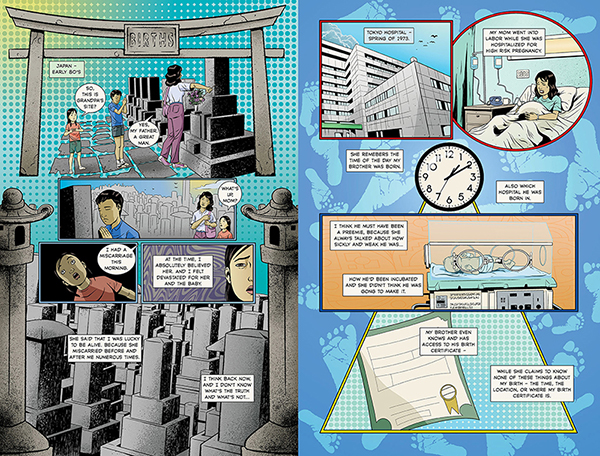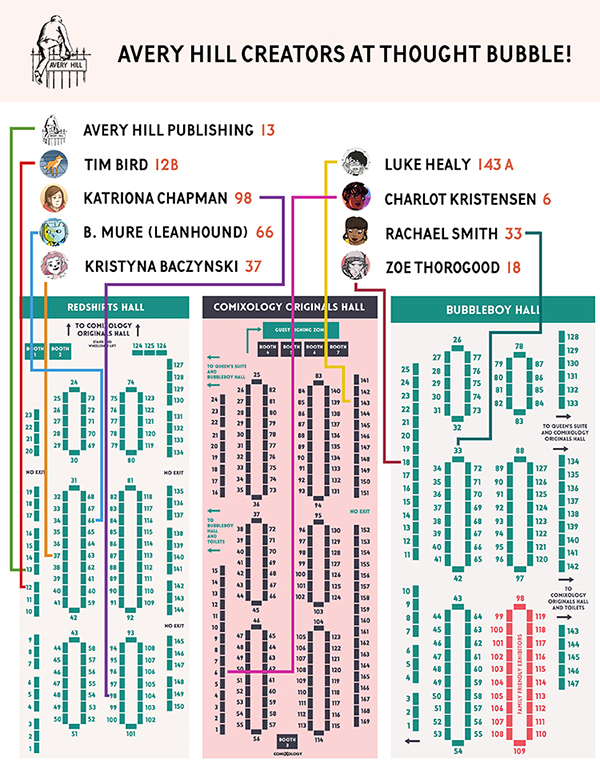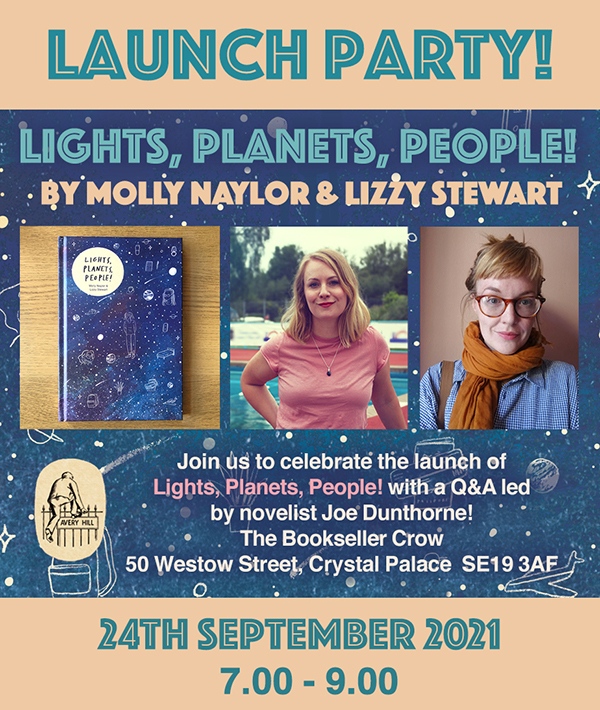A massive thank you to everyone who’s pledged to support our first ever Kickstarter campaign so far.
We’re 64% funded now… if you haven’t yet backed the project, this would be a great time to do it!
Have a look here.
This week we’ve been sharing more information about the third of our 2022 books – Outer Wilderness by Claire Scully. Regular readers of Avery Hill books will be familiar with Claire Scully’s ongoing series of stunningly-illustrated books exploring varied environments: Internal Wilderness, Desolation Wilderness, and now Outer Wilderness. Outer Wilderness is the third and final instalment of a journey that began with introspective self-imagined places, followed by a passage of experience and memory, and now looks further away to the edges of the universe and into the unknown.
Here’s an interview with Claire about the book, and some sample artwork.
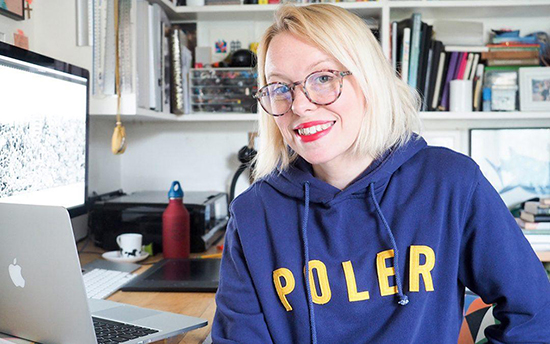
What did you most enjoy about this third book, and what were the biggest struggles? How did making this one differ from the first two?
I guess there was a lot of fun in creating imaginary worlds again as the first book came mostly from imagination and memory. Outer Wilderness is way more fantastical. I get a chance to really stretch my imagination and play with more ridiculous locations. The biggest struggles in the creation of this book is pushing beyond what is easily accessible or obvious and really get a sense of each of the places, I want them to feel plausible but not of this world. This time I have introduced a little bit more narrative into some of the images, more of a sequence or sense of time passing through life cycles.
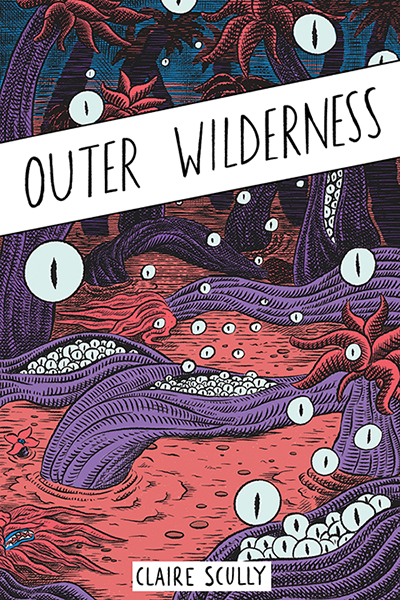
When you made Internal Wilderness, did you already know that it was going to be a series of books, and did you already have ideas for possible further instalments?
No not at all. I think when I created Internal Wilderness it was a bit of an experiment for me testing the format and the placement within the genre, and after the success of Internal Wilderness I was already in the process of drawing out Desolation Wilderness in response to spending time in the desert in that part of Nevada / California. It was when I started working on the second book in the series I found the opportunity to explore the different approaches to drawing – from memory, from imagination and then drawing from reference/observation. How I interpret real places still had elements of the ‘imagined’ within it because the idea of the place of Desolation Wilderness was sort of intangible to me, I never really knew if I was in it or where the boundaries were.
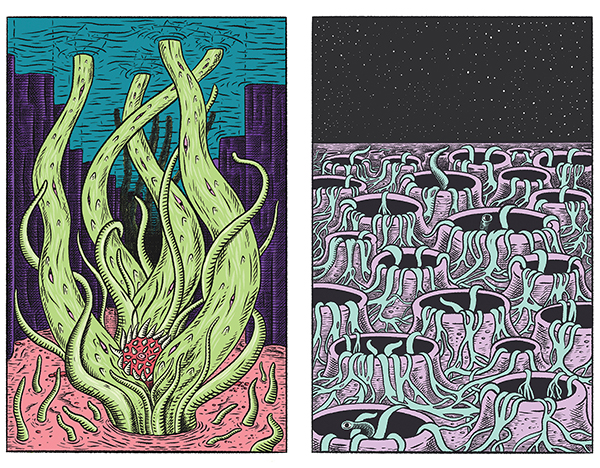
How did you approach Outer Wilderness… what was your starting point?
During initial rough stages I played around in my sketchbook, drawing a lot with colour pencils and making quick sketches of possible scenes I started with vegetation, what kind of plants would be in these worlds – how do you make something look alien, is it scale is it the colour or the unusual shapes so it was a case of creating things that felt odd. From there it was just a case of generating a few initial ink drawings to get a sense of the quality of line. Though much of the book is created digitally which is a different approach to the previous books as they have all been drawn in pen and ink.

Did you show your work-in-progress to many people for feedback, or did you prefer to mostly go it alone?
Luckily my partner is also an artist so I get a lot of feedback from him, he generally makes all the right sounds unless something is a bit off and then we will talk about that what is it that needs changing which is really useful as most of the time I do work alone and happily I will say can work through images without any input. The challenge is when you do talk about a piece of work it forces you to consider it to reflect on it and to analyse what is actually going on. Like you have to answer to yourself in order to make sure that it’s communicated to wider audience.
How did you create the artwork for the book, what tools did you use?
So as I mentioned, all the final artwork has been created digitally on my iPad and mostly on Procreate. I then translate transfer those files into Photoshop and finish them there to get them print ready. During the making of this book time has been precious, so I’ve been fitting in these drawings (what I would call pleasure drawings) around my work drawings which is always quite amusing as after a hard days drawing as a freelance illustrator I sit back and relax and do some more drawing for my self-directed project work. I guess that’s how you know you’re on you’re on the right path because it never feels like work and I’m always in the mood to draw.
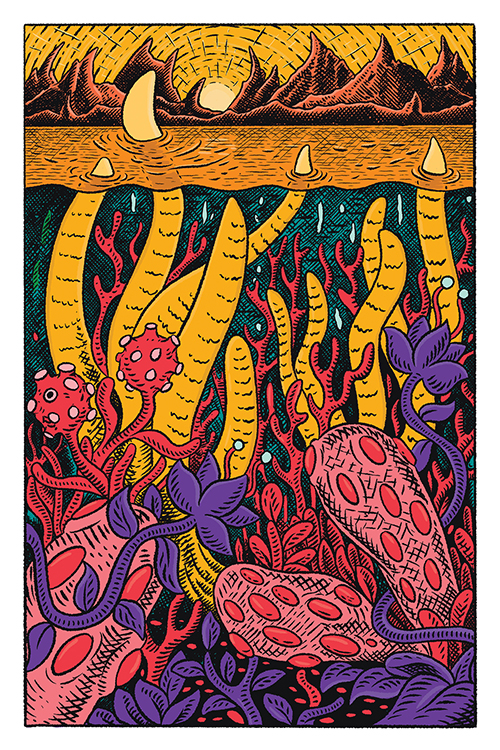
Were there any particular influences on this project, either from the world of comics or from other art-forms?
Oh, I think there’s loads of little influences in this one. I think the previous books were much more introspective, drawing on memory and experience from a personal perspective. Whereas the Outer Wilderness has purposefully drawn upon my interest in science fiction across the spectrum from high-end depictions of alien worlds to lo-fi b-movie style animatronic graphics. I actually recently discovered a beautiful Disney animation on YouTube called Mars and Beyond made in the 50s and used as an educational video for children understanding the possibilities of martian life. The colour palette used was so good! Also the last time I was in America I found an amazing book on the work of Ray Harryhousen – his visions of fictional worlds have always captured my imagination. And along side this, Ive been watching lots of science documentaries on the universe and the possible planets that exist out in the galactic expanses, so there are definitely things seeping into this work which I’m quite happy about.
Did you learn anything from making this book?
I think I’ve got a new-found or topped-up respect and admiration for people that build sets and design worlds for films and science-fiction artwork, it’s quite incredible really how you can build fantastical spaces that are believable enough for people to want to explore.
And finally, Claire filled out one of our Creator Profiles, so here’s some more about her!
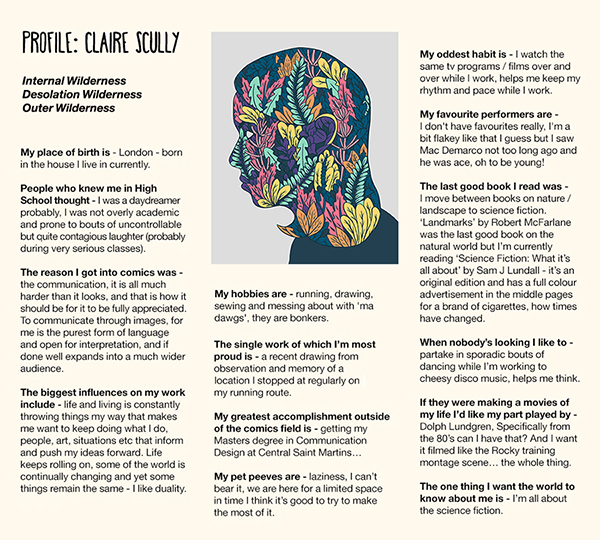
To find out more about this book and the other upcoming titles we’re raising money for, visit our Kickstarter page.
